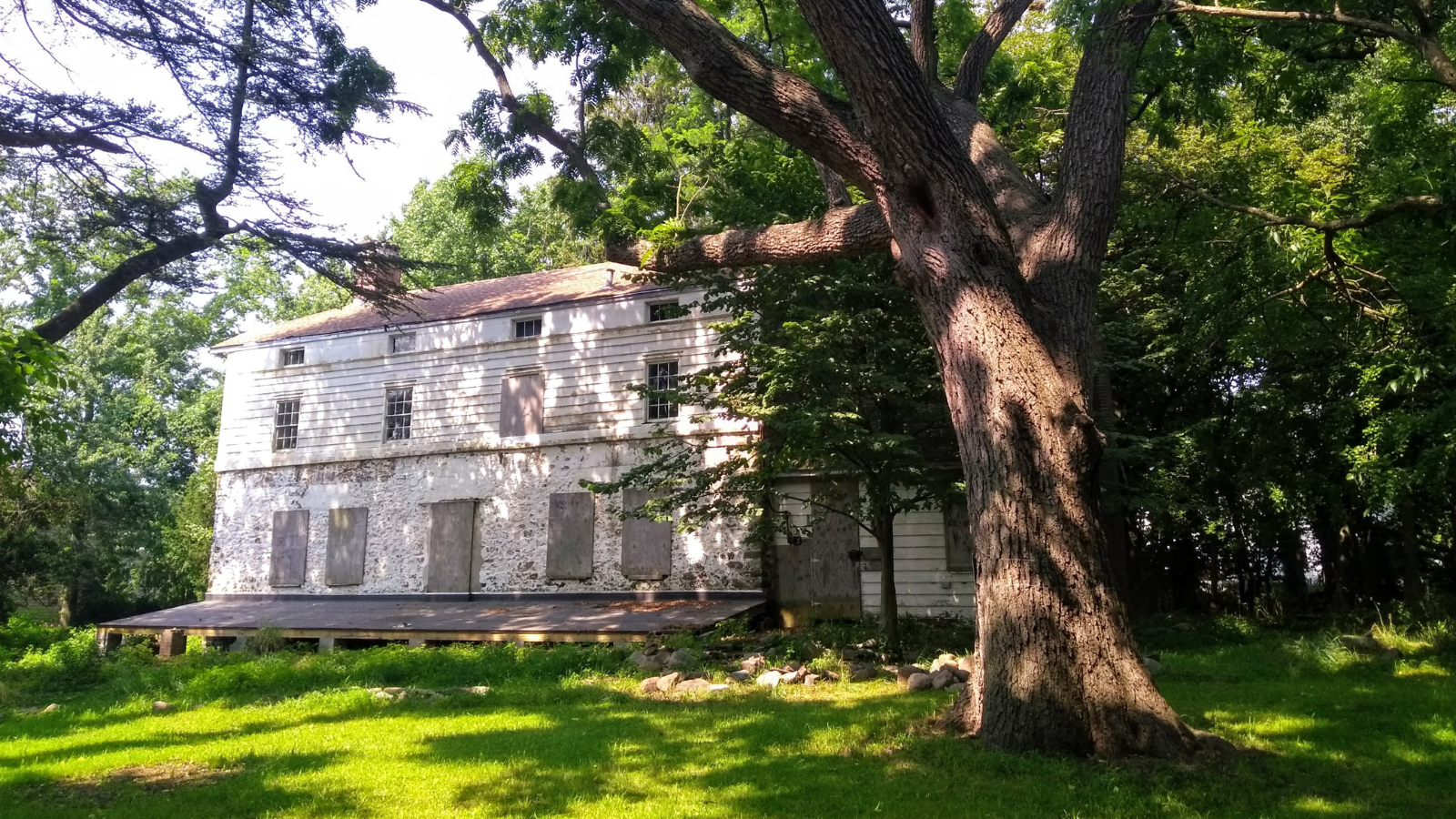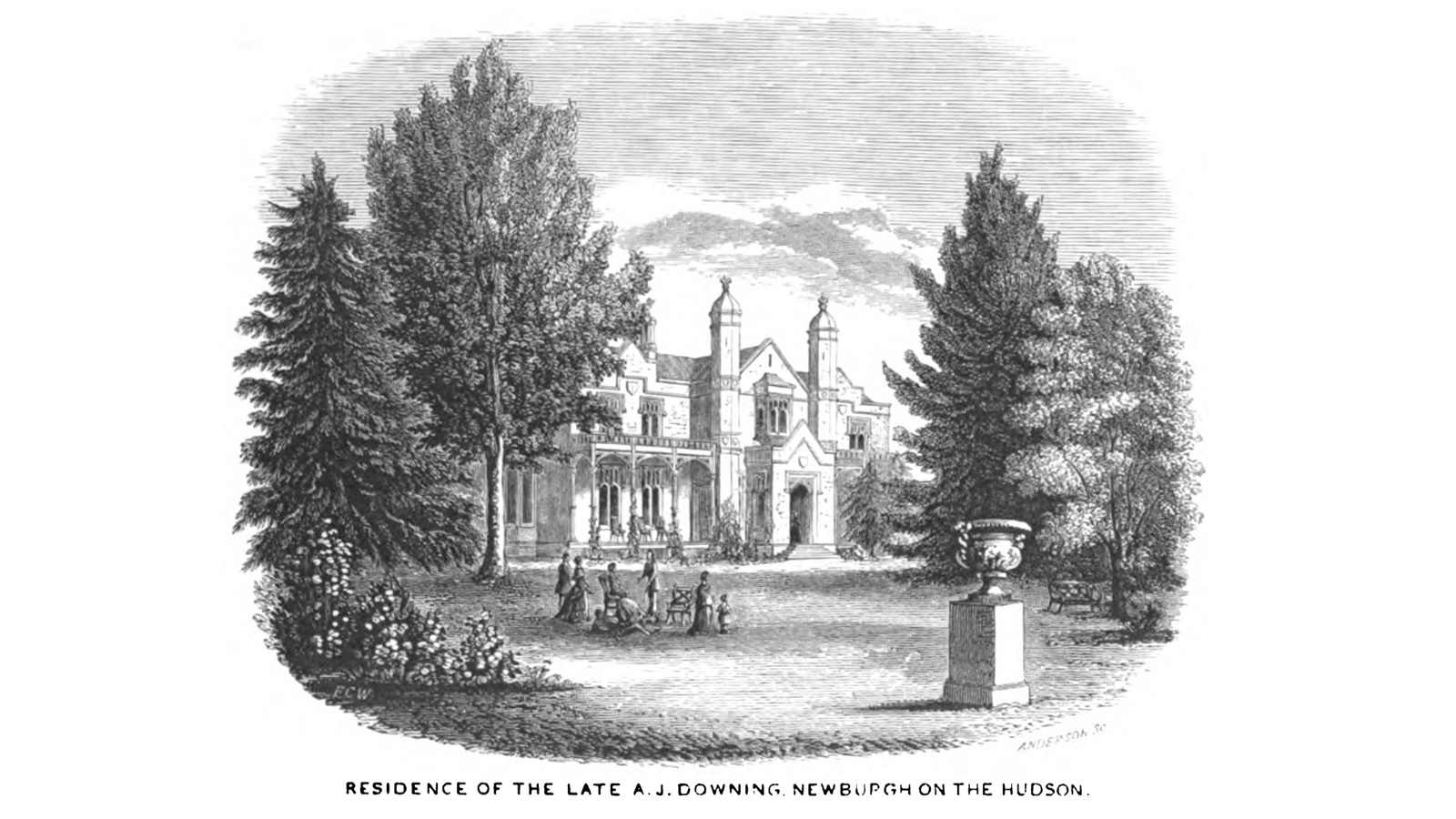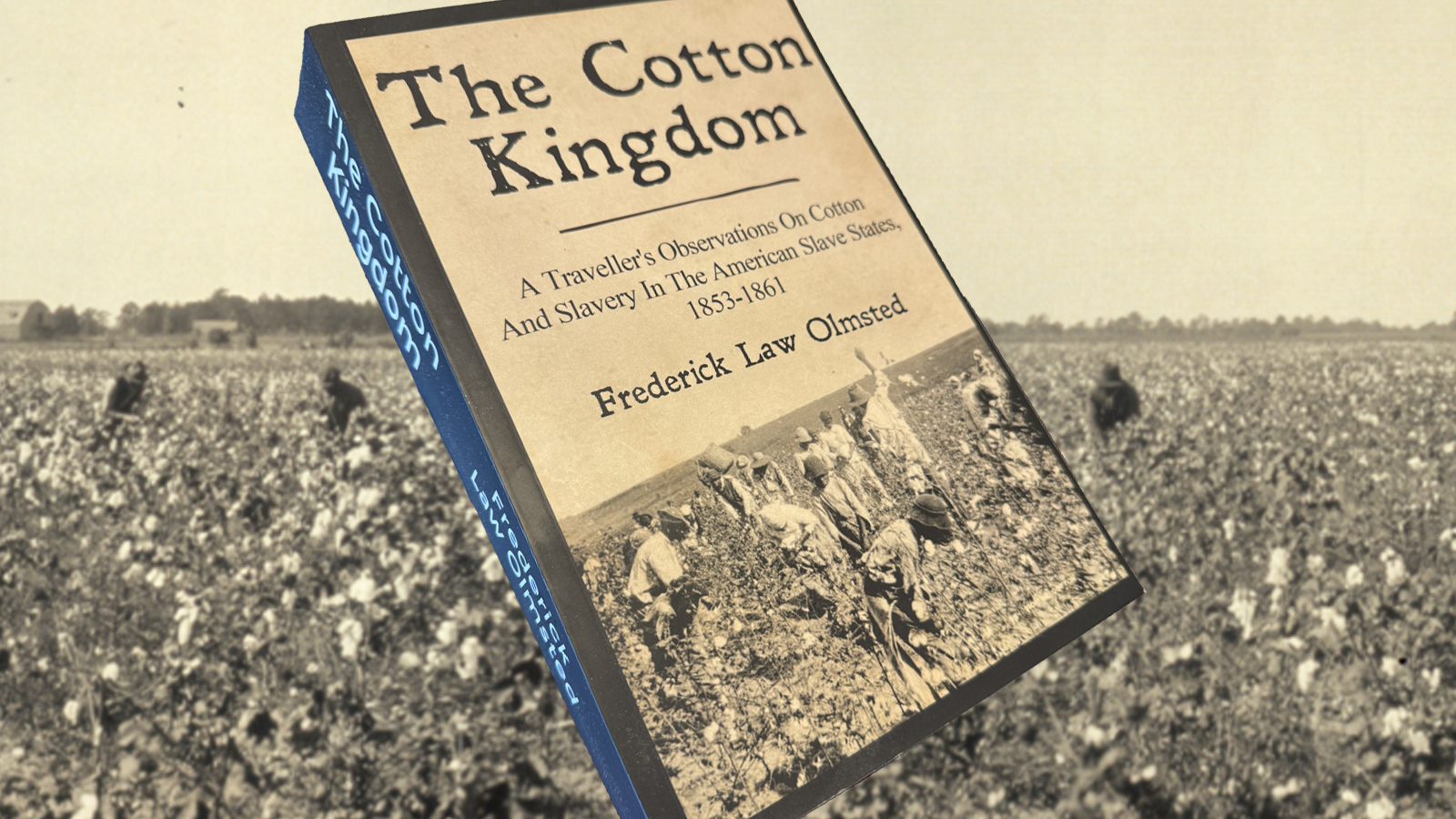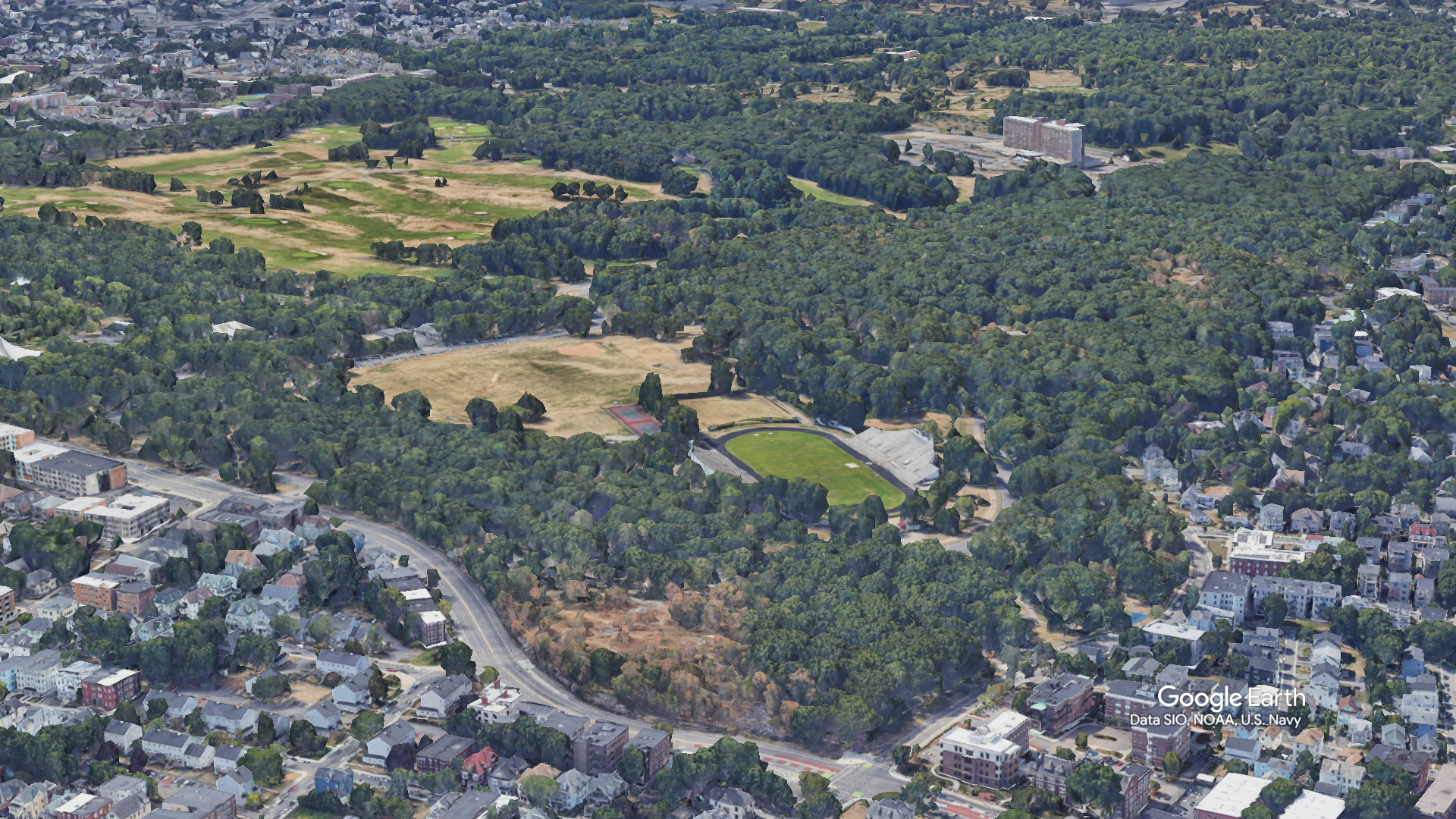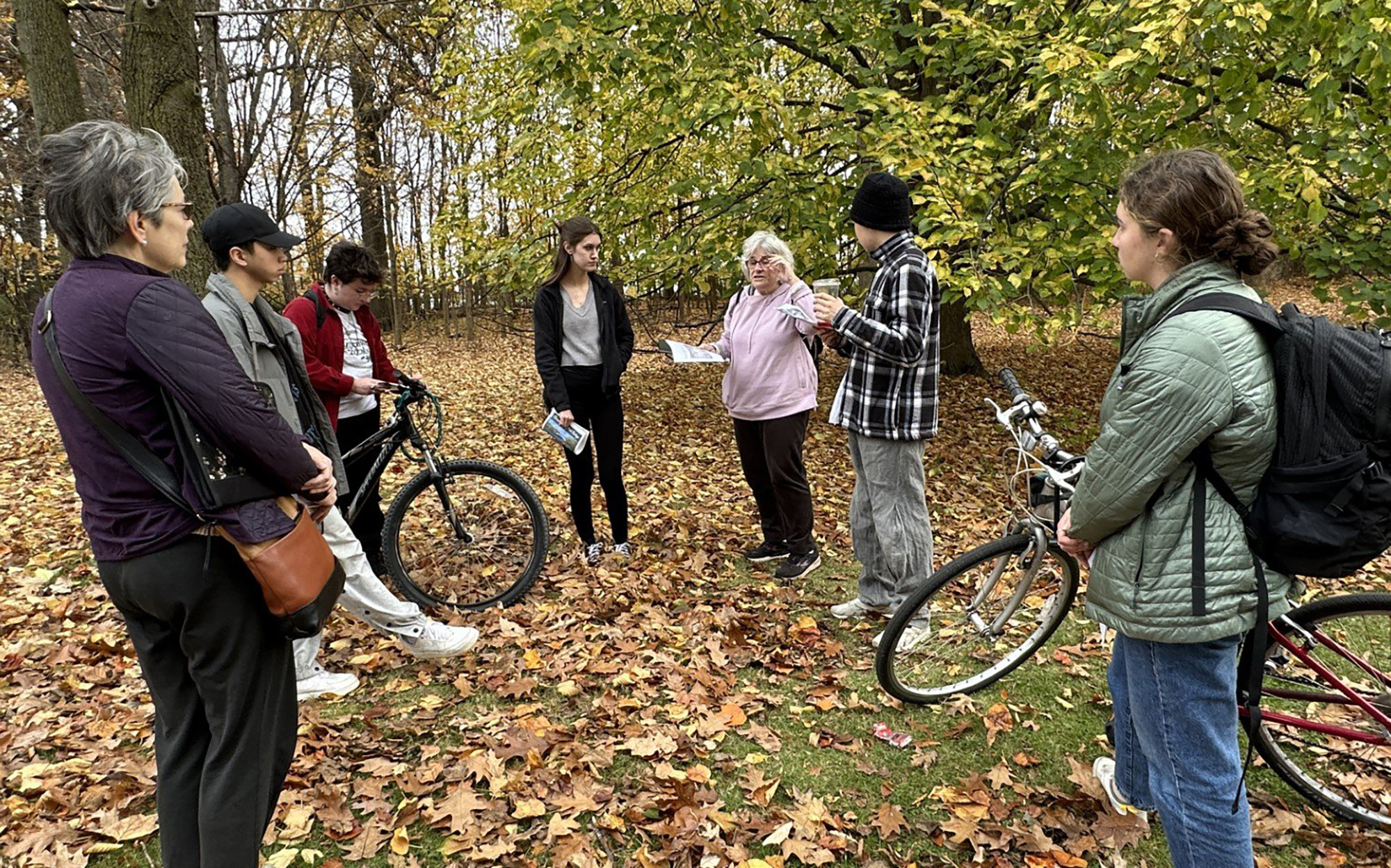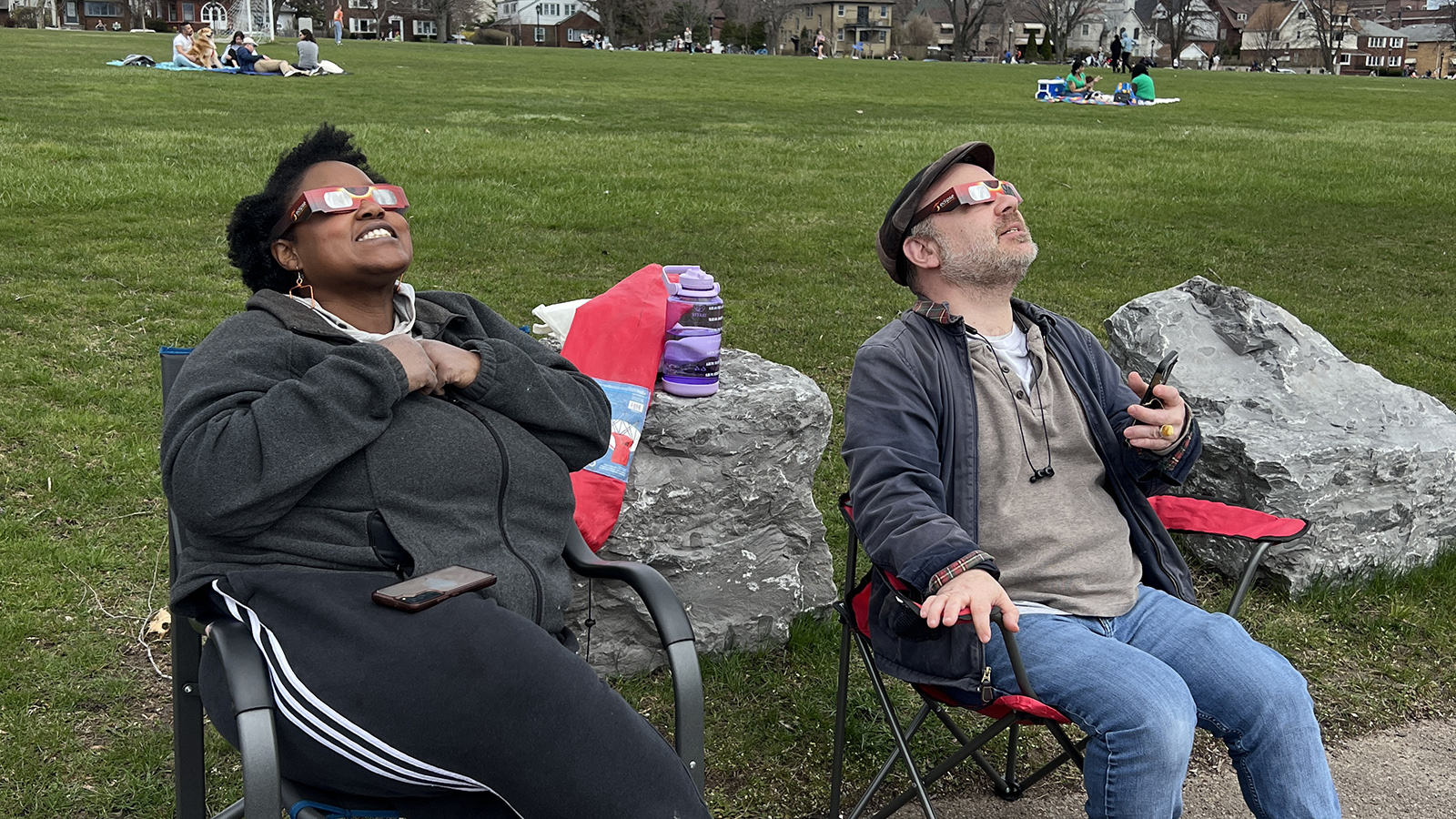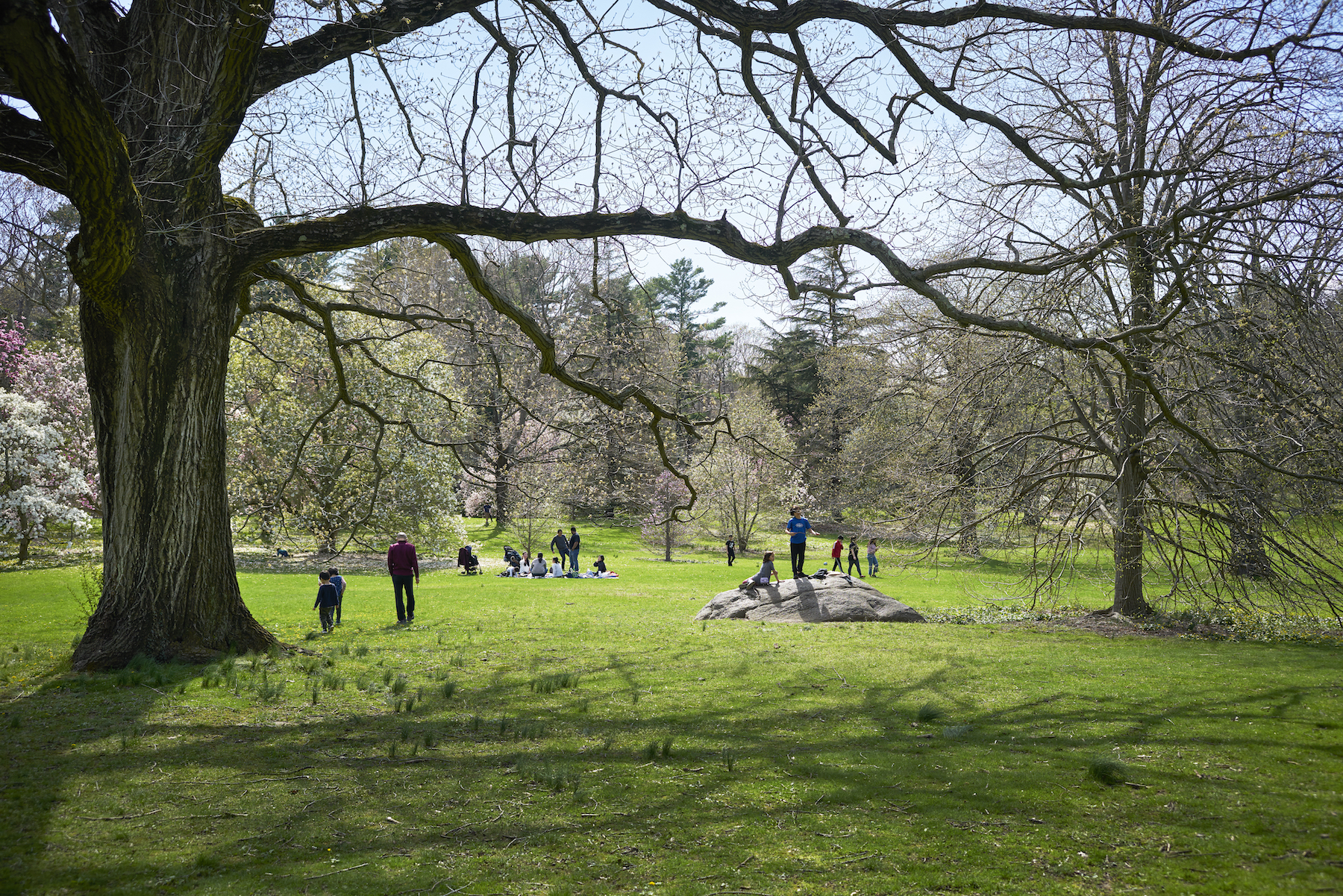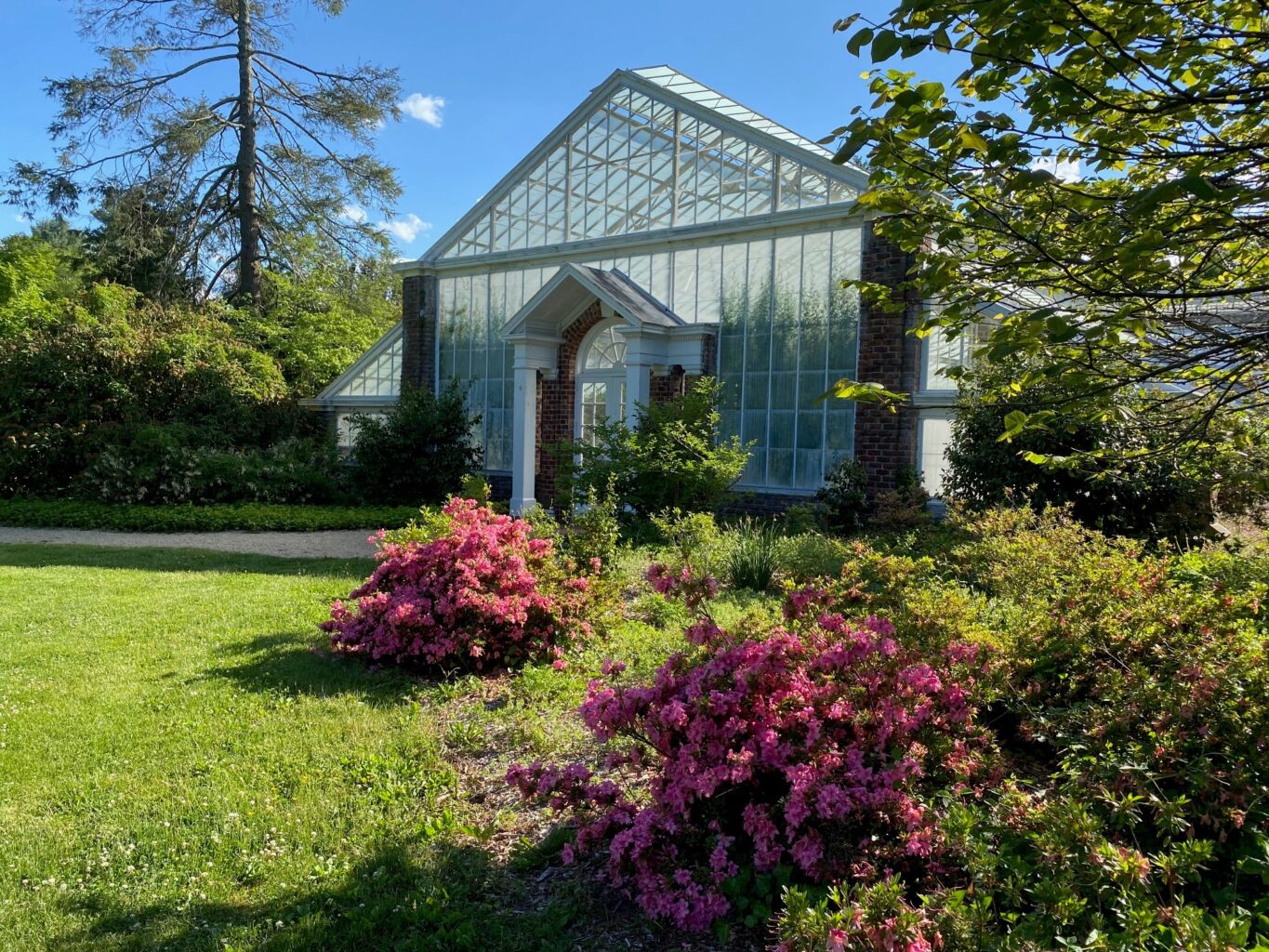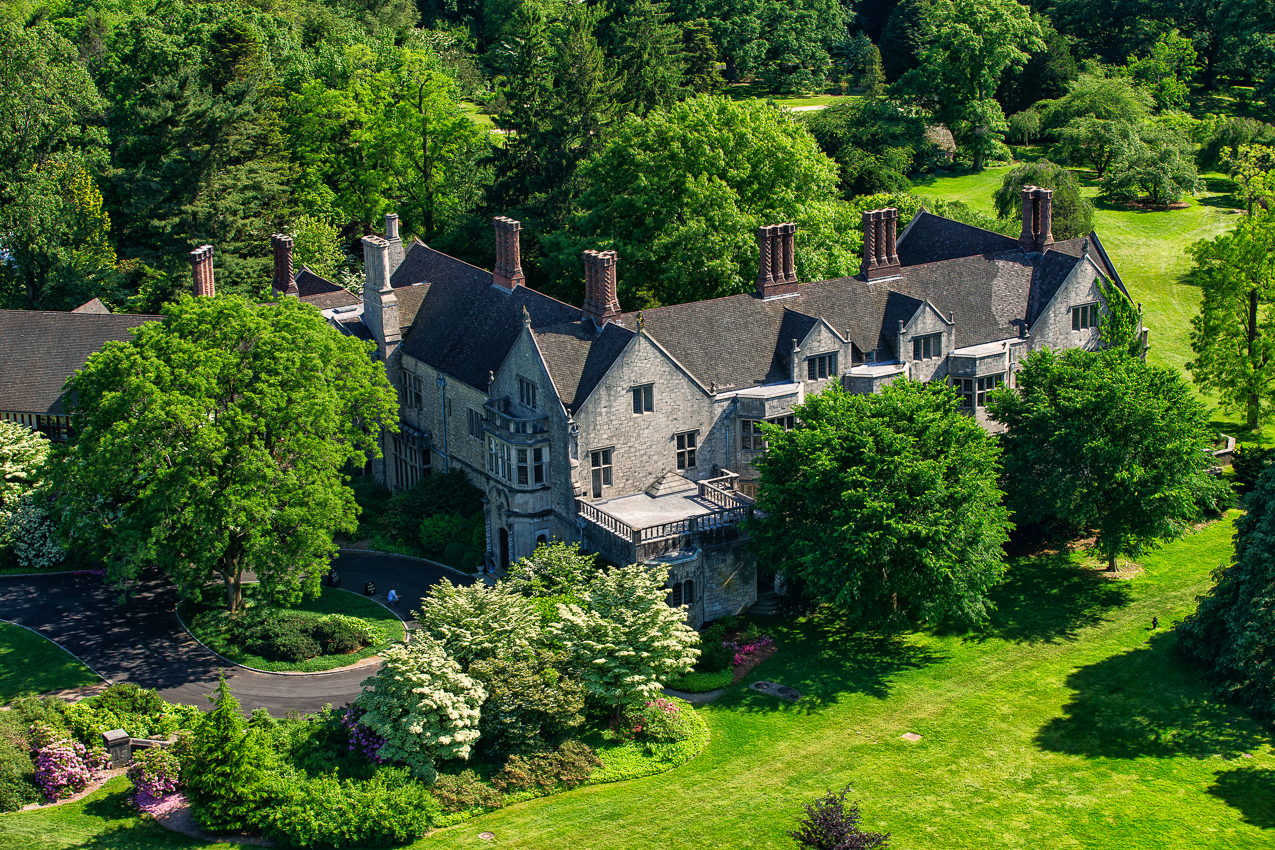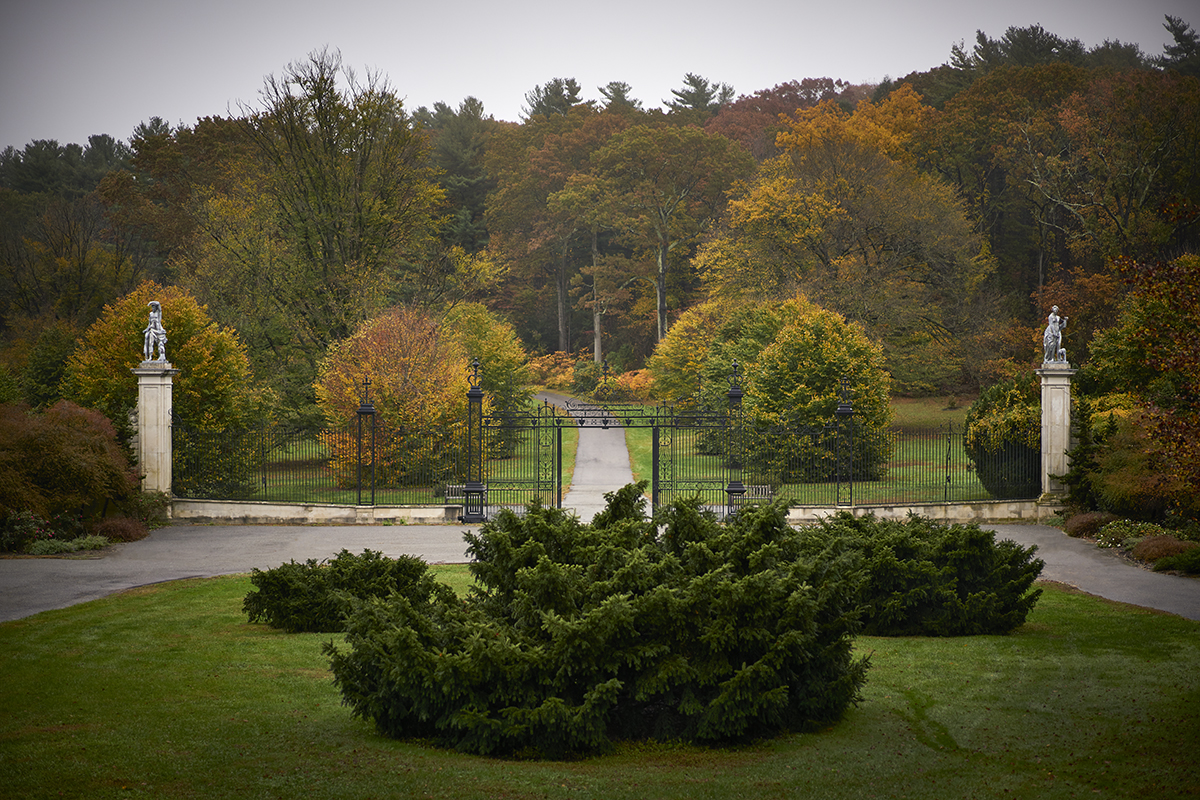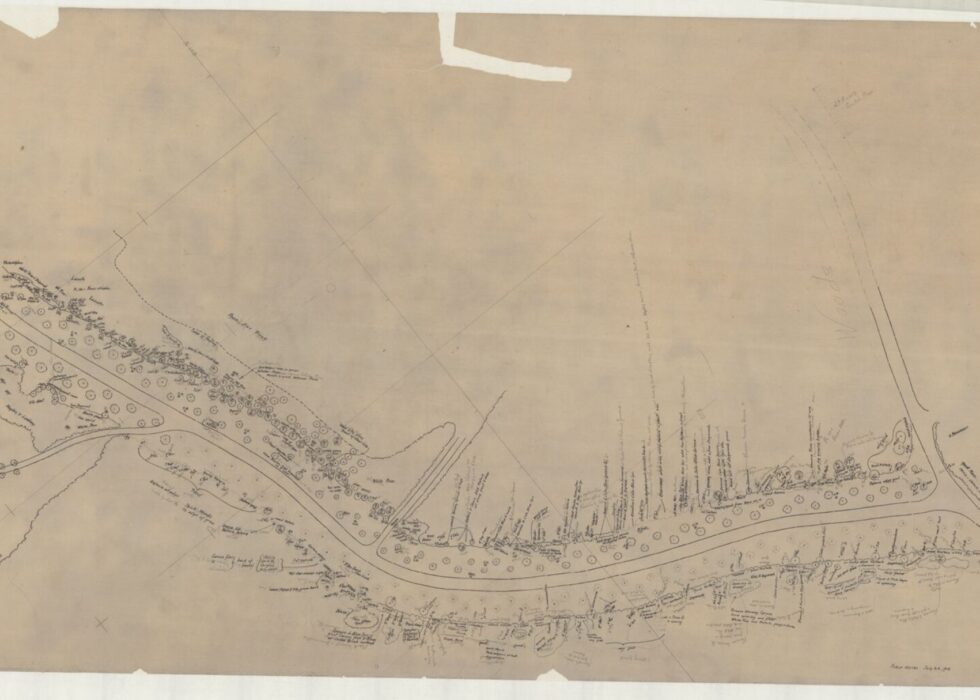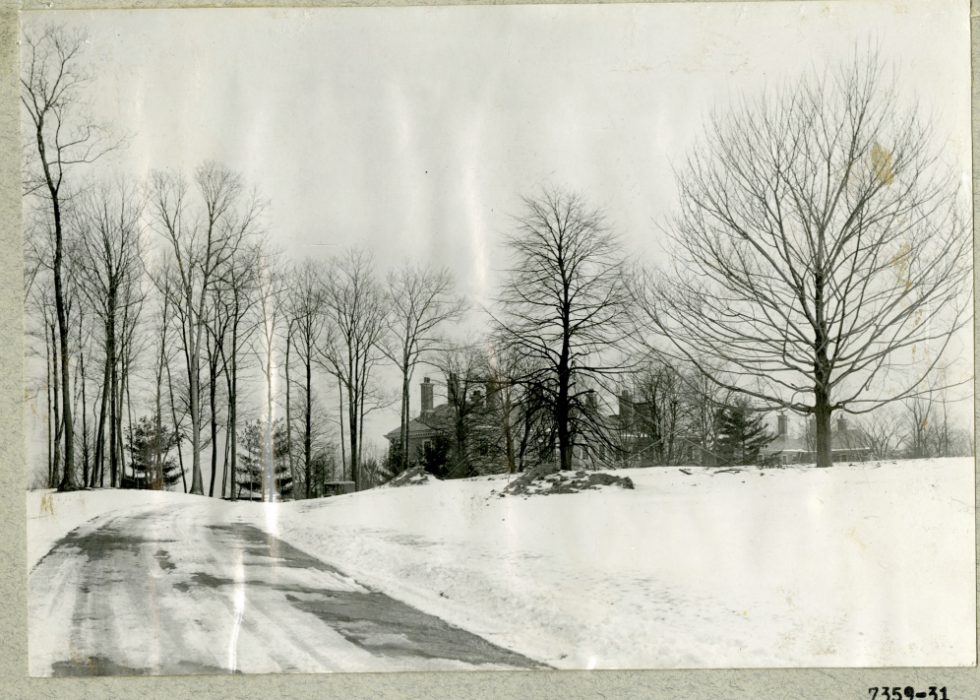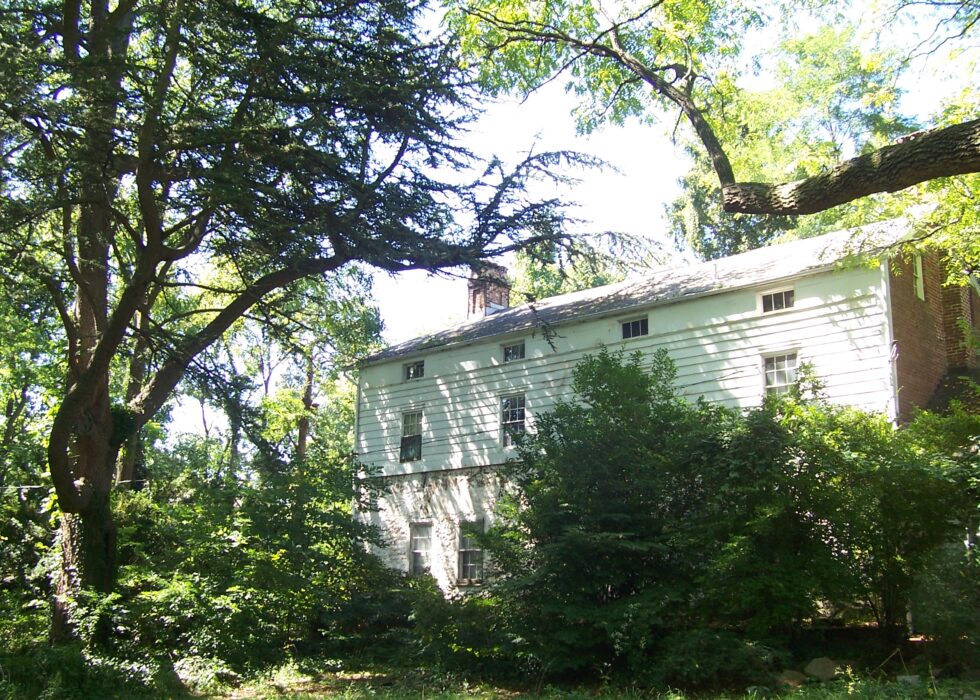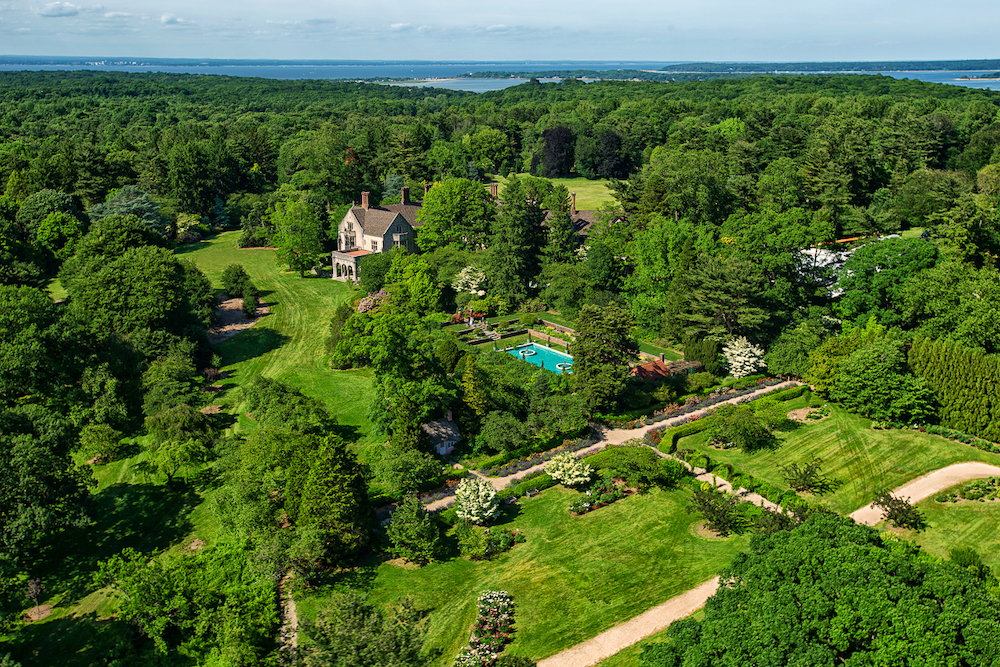
Oyster Bay, NY
The Olmsted Brothers designed William R. Coe’s 409-acre Planting Fields estate.
About Planting Fields
The Olmsted Brothers began work on William R. Coe’s 409-acre Planting Fields estate in 1918 after the original house on the property burned down.
The estate, located in Oyster Bay, NY, was named for the rich agricultural value of the land and its service to the Matinecock People and the Dutch and English colonists that settled there. Its original name— Upper Planting Fields Farm— came from James Byrne and Helen MacGregor Byrne, who created the site from six farming properties. They owned the property from 1904-1912, enlisting landscape architect James Leal Greenleaf to design hedges, perennial boarders and espaliered fruit trees.
In 1913, William Robertson Coe, an English immigrant, and Mai Rogers Coe, heiress and daughter of Standard Oil partner Henry Huttleston Rogers, bought the land as a country estate. Following a devastating fire and the unexpected death of original designer Andrew Sargent, son of Charles Sprague Sargent, Coe hired Walker & Gillette and the Olmsted Brothers to construct a new, larger English Tudor Revival estate. In 1918, with James Frederick Dawson as the design lead, the Olmsted Brothers (including Warren Manning, Percival Gallagher and Percy Jones) worked closely with the Coe family on the design and decoration of Planting Fields.
Together, they created formal and decorative gardens, such as the Italian Garden and Heather Garden. These gardens were complemented by vast naturalistic woodlands and clearings, and across the lawn’s west slope, sweeping vistas were revealed by the strategic placement of oak trees. The Camellia House was enlarged and elevated from a utilitarian structure to a garden destination, and innovations in the use of heating and ventilation allowed Coe’s collection of rare camellias— imported from the island of Guernsey in 1917— to be planted year-round. The Olmsted Brothers also oversaw the reorganization of the site’s circulation system after the iron Carshalton Gates were chosen for the site’s west entrance.
In 1952, Coe preserved the estate as an arboretum and foundation open to the public, and soon after, the campus served as the temporary location for two subsequent State University of New York (SUNY) endeavors. Two decades later, in 1979, Planting Fields was added to the National Register of Historic Places.
Today, the landscape retains its original 409 acres of greenhouses, rolling lawns, formal gardens, woodland paths and plant collections. The site, now called Planting Fields Arboretum State Historic Park, is operated by the New York State Office of Parks, Recreation, and Historic Preservation in cooperation with Planting Fields Foundation. In 2022, to celebrate the Olmsted 200 bicentennial, Planting Fields Foundation hosted a symposium on Olmsted, which is available to watch here.
Shared Spaces
Spotlight on…Planting FieldsPalos Verdes Estates
Palos Verdes Estates is known for its luxury style and expansive views of the Pacific Ocean.
Prospect Park
Prospect Park in Brooklyn, NY, was beloved by Olmsted and revered as one of his most significant projects.



